Notifications
 News Staff
News Staff![]() -
Wed at 12:53 PM -
Breaking News
LA County Wildfires
Santa Ana winds
Palisdes
Malibu
LA County Wildfires: Lives Lost
Homes Destroyed
Mass Evacuations
-
112 views -
0 Comments -
0 Likes -
0 Reviews
-
Wed at 12:53 PM -
Breaking News
LA County Wildfires
Santa Ana winds
Palisdes
Malibu
LA County Wildfires: Lives Lost
Homes Destroyed
Mass Evacuations
-
112 views -
0 Comments -
0 Likes -
0 Reviews
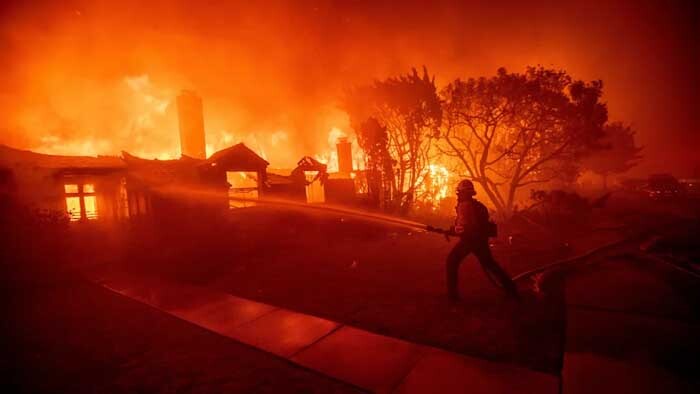
DLNews Breaking News:
The relentless grip of nature’s fury has once again descended upon Los Angeles County, where a series of wildfires empowered by ferocious Santa Ana winds have left at least two people dead and tens of thousands displaced. As the flames rage across the region, more than 80,000 residents have been forced to evacuate, leaving behind homes, memories, and a sense of normalcy.
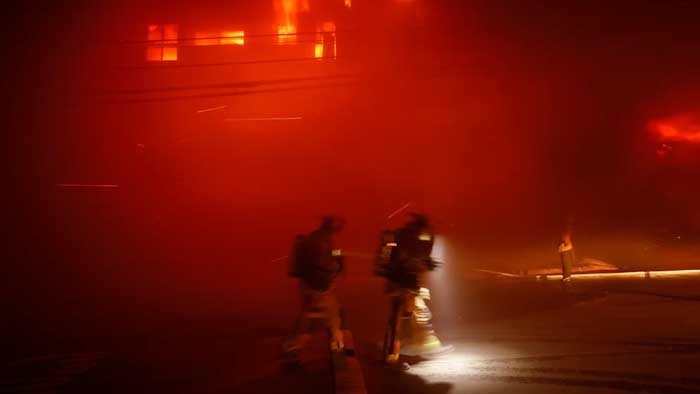
The Palisades Fire is the largest of these devastating blazes, which has already consumed over 5,000 acres and is bearing down on Malibu, threatening one of the country’s most iconic coastal communities. According to CalFire, the Palisades Fire has destroyed at least 1,000 structures, cementing its place as the most destructive fire ever recorded in Los Angeles County. Climate expert Daniel Swain has grimly suggested that this could become the costliest wildfire in U.S. history, surpassing even the catastrophic 2018 Camp Fire. “We’ve likely checked that box this time,” Swain remarked, underscoring the sobering reality of a disaster fueled by climate change, high temperatures, and prolonged dry conditions.
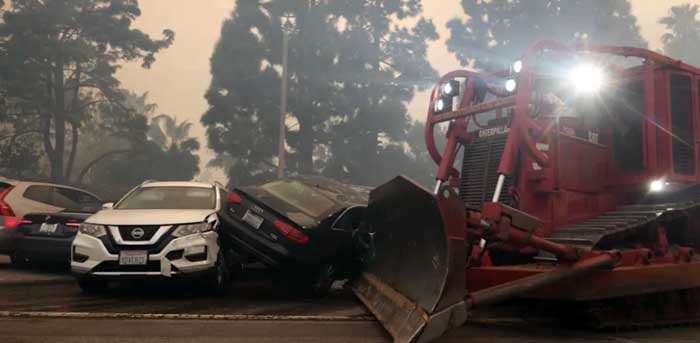
In Pasadena and Altadena, the Eaton Fire has scorched over 2,000 acres and is believed to be responsible for the tragic loss of two lives. Meanwhile, the Hurst Fire, burning through the Sylmar area north of San Fernando, has devastated more than 500 acres as it relentlessly advances. Together, these fires have overwhelmed an already strained firefighting apparatus, leaving first responders to grapple with an unprecedented crisis.
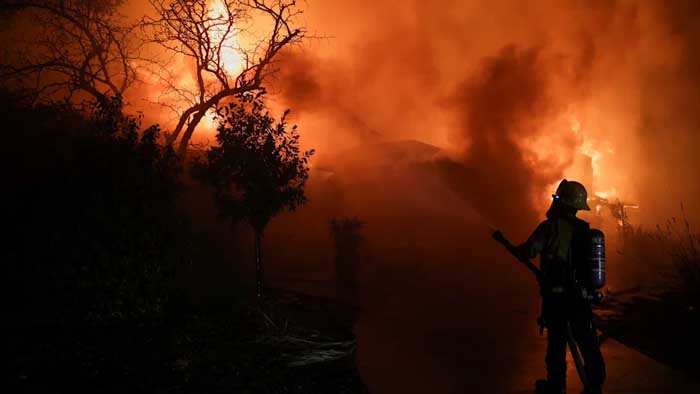
During a morning press conference, Los Angeles County Fire Chief Anthony C. Marrone candidly acknowledged his teams' daunting challenge. “There are not enough firefighters in LA County to address four separate fires of this magnitude,” he stated. Despite pre-positioning resources and hiring additional personnel, Marrone admitted that the county had braced itself for one or two significant fires, not four simultaneous infernos driven by unrelenting winds and critically low humidity.
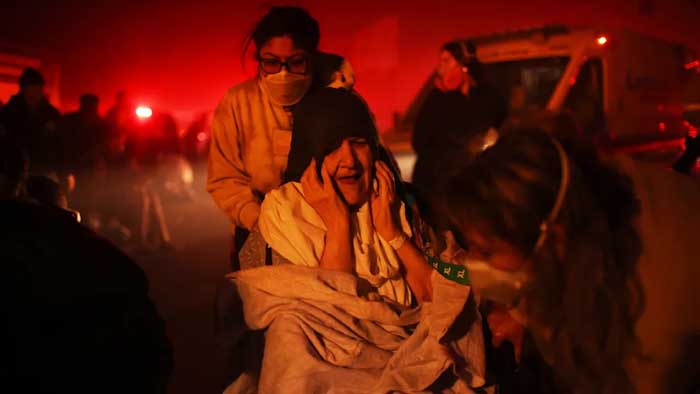
The fallout extends beyond immediate destruction. Nearly 300,000 energy customers are without power, leaving communities in darkness and complicating evacuation and containment efforts. Economic impacts are expected to ripple beyond the estimated billions in structural damages. The escalating wildfire insurance crisis looms, with Swain warning that this disaster will send home insurance rates in California "to the stratosphere."
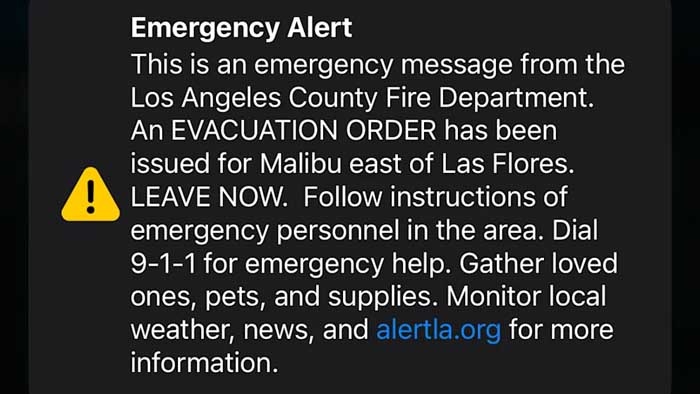
Emergency aid is pouring in from neighboring counties and states, and fire crews from Orange, Ventura, Santa Barbara, and San Luis Obispo are joining the battle. Yet, the scale of the disaster serves as a stark reminder of the limits of human preparation against nature’s unyielding wrath.
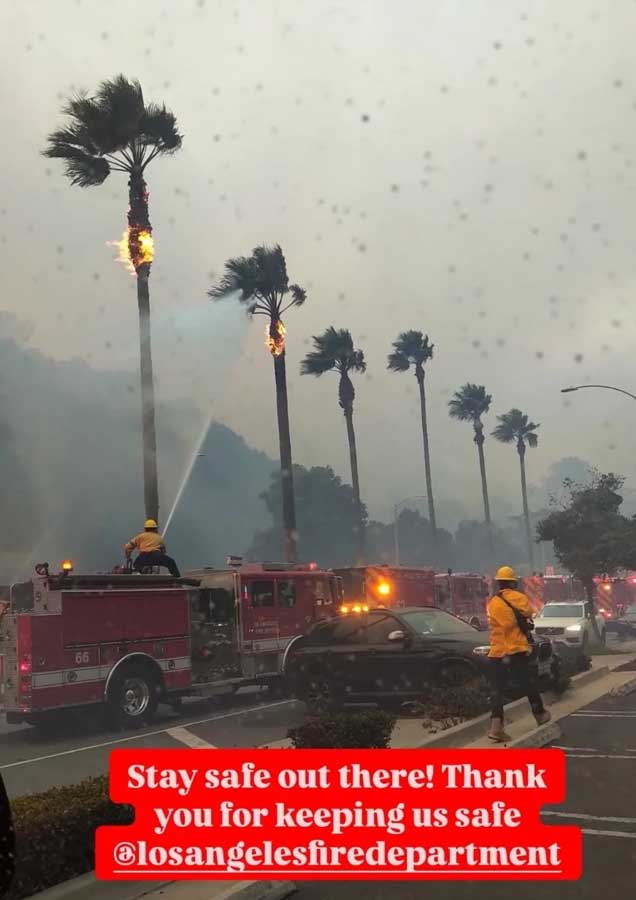
For the residents of Los Angeles County, these fires are not just a calamity but a testament to the broader consequences of an increasingly volatile climate. “This is going to become a crisis,” Swain said, echoing a sentiment felt deeply by those left to sift through the ashes of their lives. The focus remains on survival and containment, but the physical and emotional scars will endure long after the flames are extinguished.

Share this page with your family and friends.